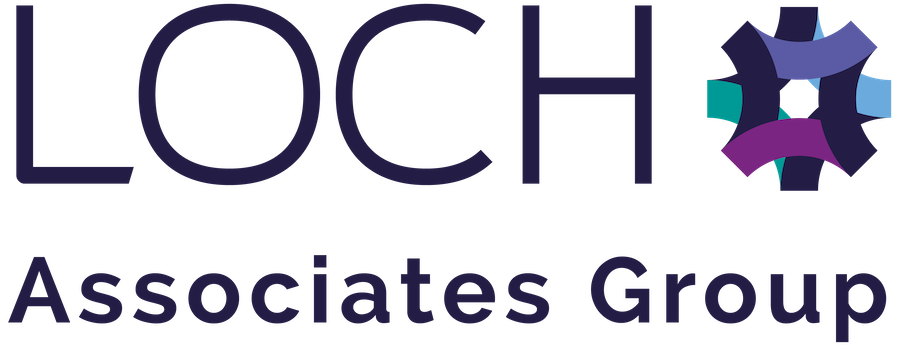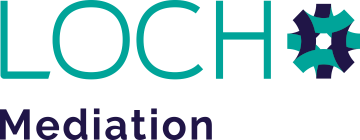Risk in your place of work
Risk management is a vital part of understanding what health and safety provisions you, as an employer, need to provide. It can highlight opportunities to make your workplace safer, and ensure you are fulfilling your legal obligations in full.
According to the Management of Health and Safety at Work Regulations 1999, as a minimum, employers must:
- Assess risks to employees and anyone else who has contact with the workplace or its processes;
- Review any assessment over time to address any changes that may have occurred; and
- Where an employer has five or more employees, keep a record of risk assessment findings, identifying individuals who are most at risk.
Depending on the nature of the workplace, there may be additional risk management regulations that are required, such as:
- Control of Substances Hazardous to Health Regulations;
- Display Screen Equipment Regulations; and
- The Control of Vibration at Work.
To ensure effective risk management, the first step is to identify the hazards. These are things that could cause employees or those that come into contact with your workplace harm.
To determine what hazards are present in your workplace, consider::
How people work;
- What equipment they’re using;
- What chemicals they’re using; and
- The general state of your premises.
A search through the accident and illness report books might reveal hazards that aren’t initially obvious, illustrated by repeat occurrences.
Once you’ve identified the hazards, you can then assess the risks. For this, you’ve got to ask yourself how likely it is that somebody could be harmed. If they were harmed, how serious would it be? An injury like a paper cut is likely to be ruled out on the basis that it is unlikely to cause significant harm.
Controlling the risks is the next step. Is there a hazard that could be eliminated through a change of process? If not, the risk should be minimised and controlled. You might, for example, provide a specific type of personal protective equipment or take some other practical measures to allow your employees to work safely.
Finally, if you employ five or more people, you must record the significant findings of your risk assessment. Things that you might have identified include:
- The hazard;
- Who might be harmed, and how; and
- What steps you are taking to control the risk.
Loch Wellness can help you with those four steps.

Safety services:
Would you like a call back from an expert?
By submitting this form you are providing us with your personal information. We take great care to look after your personal data safely and securely. You can read full details in our Privacy Information
Enquire now on 0203 667 5400
As experienced providers of clear, easy-to-understand wellbeing support, our team will be more than happy to discuss how they can help you.
How Loch Wellness can help:
From identifying risks to eliminating, controlling and recording them, Loch Wellness has extensive risk management experience. We recognise how important the process is for running a safe and healthy workplace. One that thrives without worrying about unnecessary risk.
Many of our clients choose to engage the risk management services of Loch Wellness because it provides them with peace of mind, allowing them to focus on the day-to-day running of their business.
If you’re interested in the risk management services offered by Loch Wellness, speak to our specialist team today.
Loch Training & Wellbeing
Testimonials
What are the four stages of risk management?
Is risk management a legal requirement in the UK?
The serious consequences of not undertaking effective risk management often lead many employers to entrust the responsibility to risk management experts, such as Loch Wellness.








